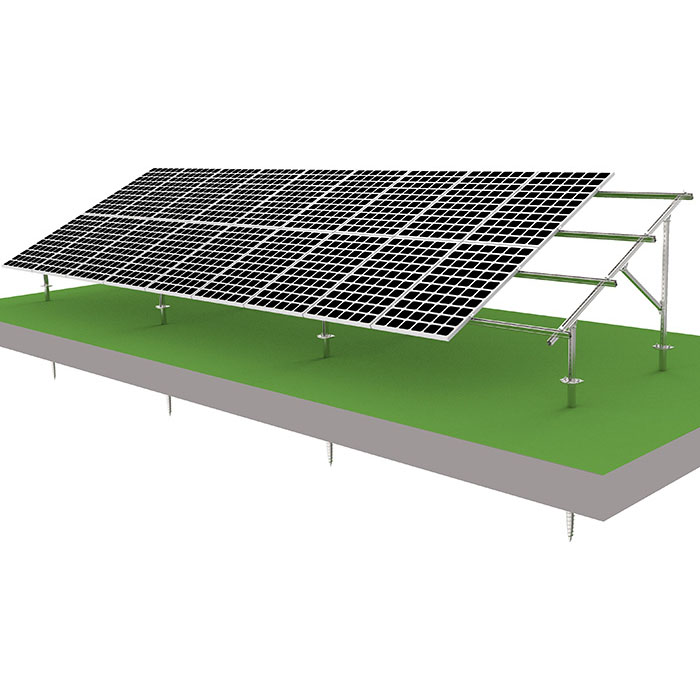Copyright © 2023 Ningbo Gangtong Zheli Fasteners Co.,Ltd. All Rights Reserved
LinksSitemapRSSXMLPrivacy PolicyWhat factors should be considered in the construction of solar farms?
2025-07-17
As a clean energy project, the efficient operation and long-term benefits of solar farms depend on scientific planning in the early stage. The following four factors are the key to successful construction.

Site selection and light resources are basic conditions. It is necessary to select areas with annual sunshine hours ≥1500 hours, such as Northwest and North China in my country, to avoid power generation losses caused by buildings or trees. At the same time, the soil bearing capacity must meet the requirements for bracket installation. A slope of more than 15° will increase the difficulty and cost of construction; stay away from migratory bird migration channels and ecological protection areas to balance clean energy development and ecological protection.
Component selection directly affects power generation efficiency. Crystalline silicon components dominate the market, and the conversion efficiency of monocrystalline silicon reaches 22%-24%, which is suitable for areas with sufficient light; polycrystalline silicon efficiency is 18%-20%, with lower cost and outstanding cost performance. Thin-film components have excellent weak light performance and can be used in areas with more cloudy days. In addition, it is necessary to select components that are resistant to wind and sand and high and low temperatures, and can still maintain stable operation in extreme climates. For example, double-glass components with good heat dissipation should be selected in high-temperature areas.
Operation and maintenance management determines long-term benefits. Clean the dust on the surface of the components regularly (dust accumulation will reduce efficiency by 5%-10%). In winter, snow removal solutions should be considered in northern regions. Establish an intelligent monitoring system to monitor string current and voltage in real time and troubleshoot faults in a timely manner. Data shows that standardized operation and maintenance can extend the life of photovoltaic farms to more than 25 years and increase power generation by 8%-12%. At the same time, a solar panel recycling plan should be planned to meet environmental protection requirements.
Policies and grid connection conditions cannot be ignored. It is necessary to understand local subsidy policies and land use regulations in advance to ensure project compliance; before grid connection, it is necessary to communicate with the power grid company to evaluate the capacity of the access point to avoid limiting power generation due to insufficient grid absorption capacity. Distributed photovoltaic farms also need to consider nearby absorption, reduce transmission losses, and improve economic benefits.
Taking into account the above factors, solar farms can achieve a win-win situation of environmental and economic benefits and provide sustainable power for the development of clean energy.



